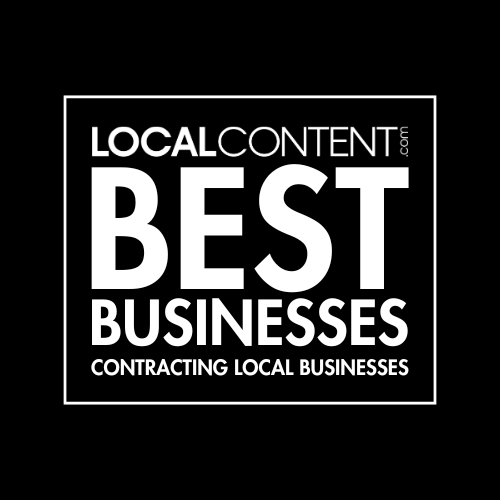Transit-Oriented Development (TOD) is a planning and development approach that focuses on creating vibrant, walkable communities centered around public transportation hubs, such as train stations, bus terminals, or light rail stops. TOD integrates residential, commercial, and recreational spaces within a compact, high-density area to reduce reliance on cars, encourage public transit use, and promote sustainability. Key features include mixed-use development, pedestrian-friendly infrastructure, and proximity to transit services. TOD aims to enhance urban living, reduce traffic congestion, and support economic growth by connecting people to jobs, services, and amenities efficiently while fostering environmentally and socially responsible communities.
Create an account
Welcome! Register for an account
A password will be e-mailed to you.
Password recovery
Recover your password
A password will be e-mailed to you.









